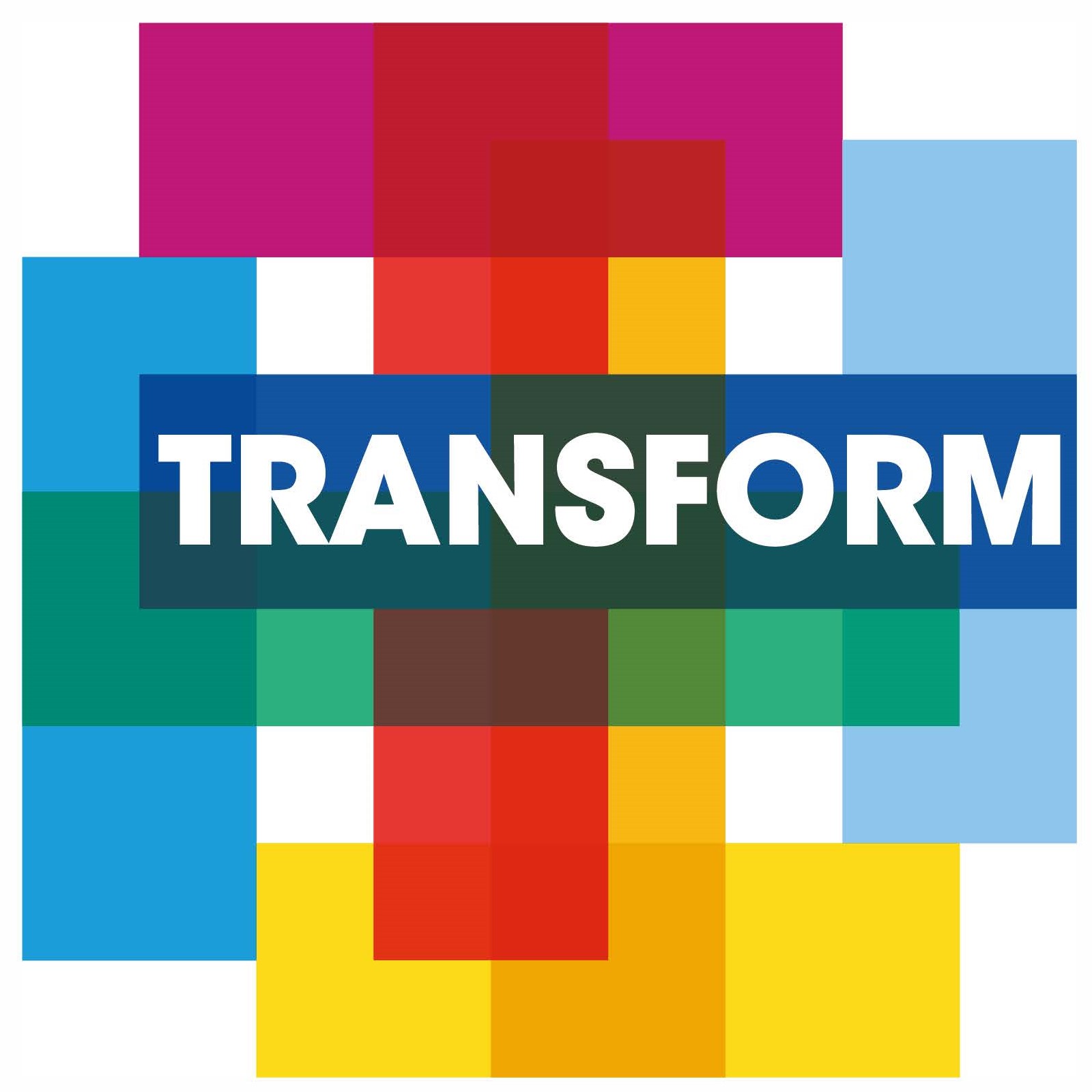Portfolio Learnings: The ICHP bed nets combatting mosquito-borne diseases
Published on: 14/12/2020
After looking back at projects such as Sanergy, ENVenture and Kasha, our latest Portfolio Learnings story revisits ICHP, a project that addresses the high prevalence of mosquito-borne diseases in Myanmar. It completed its pilot sales stage last summer, with promising results.
TRANSFORM partnered with non-profit organisation Kopernik on the project Integrated Community and Home Protection (ICHP), which provides a multi-pronged approach to help combat insect-borne diseases, such as malaria and dengue.
The issue is especially prevalent in low-income households in urban and rural Myanmar, where people do not use protection against mosquito bites or purchase products to avoid being bitten.
ICHP Myanmar completed the first phase of the project, comprising focus group discussions and home user tests. Based on these findings and with TRANSFORM’s support, the second phase – the pilot sales phase – took place in the summer of 2018.
It comprised tech fairs (including product demonstrations and free trial offers) conducted in 10 communities in Yangon and Bago. A total of 147 people were given the opportunity to test a bed net in their homes for five days.
The potential of the bed net
With the aim of achieving an ideal go-to-market model for LivOpen products, Kopernik brought in Wanna&Associates for overall implementation and collection, and the female agents of the Amay programme, responsible for support and observation.
After the five-day trial, 54% of respondents demonstrated their willingness to buy the bed net at the suggested retail price, showing high levels of satisfaction and suitability. The users who tested the product reported a decrease in mosquito bites. These findings, combined with the focus group discussions and home user tests of phase 1, demonstrate that demand
Feedback and learnings
While levels of satisfaction were high, 20% of respondents reported side-effects, most commonly face burns. However, there was no correlation between those who experienced side-effects and willingness to pay.
The ICHP team mitigated risks of side-effects by changing the supplier and including extra information before usage. They recognise the issue still needs to be addressed and are working more closely with the supplier.
In terms of pricing, ICHP had lowered the suggested price of the bed nets after phase 1, leading to more conversion rates. The project revealed the low purchasing power of the Burmese consumers, prompting the need for further research into pricing on both the supply and demand side.
Next steps for ICHP
Drawing on Kopernik’s expertise in the distribution of low-cost technologies and TRANSFORM’s cutting-edge techniques and knowledge of consumer understanding, market research and behavioural change, the findings of the ICHP project indicate that commercialisation of the bed net is the next step.
The project will also be testing to see if the Amay agents can indeed be the core distribution mechanism for LivOpen products, one of several projects investing in a female workforce to drive progress in underserved communities. These and other TRANSFORM projects can be found in Our Portfolio.
-
 Insights
Insights
